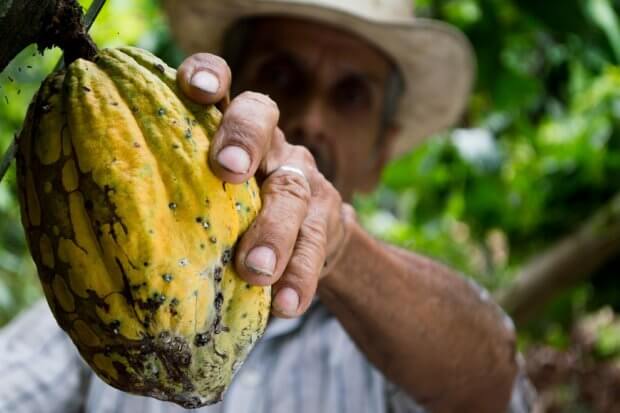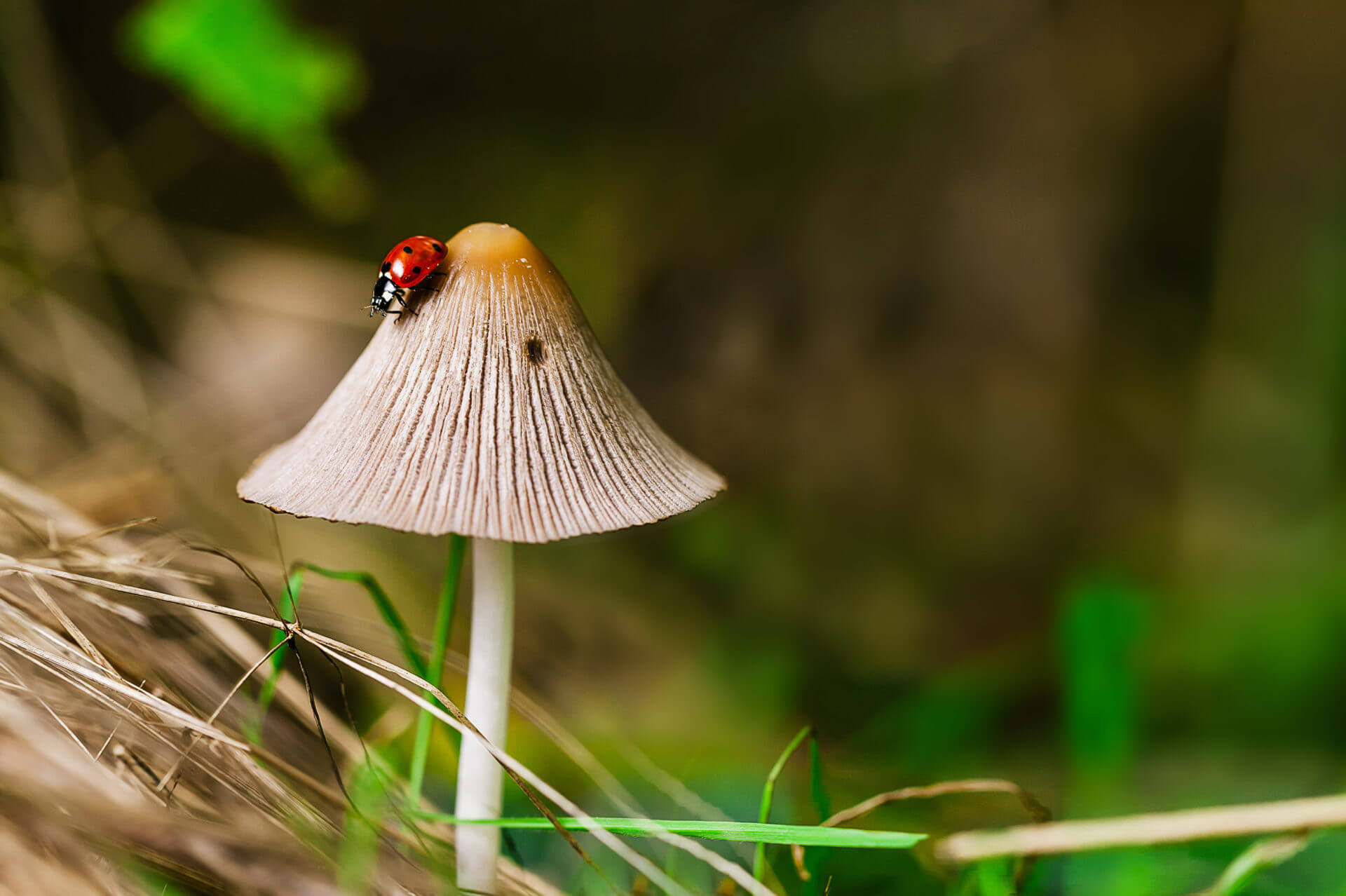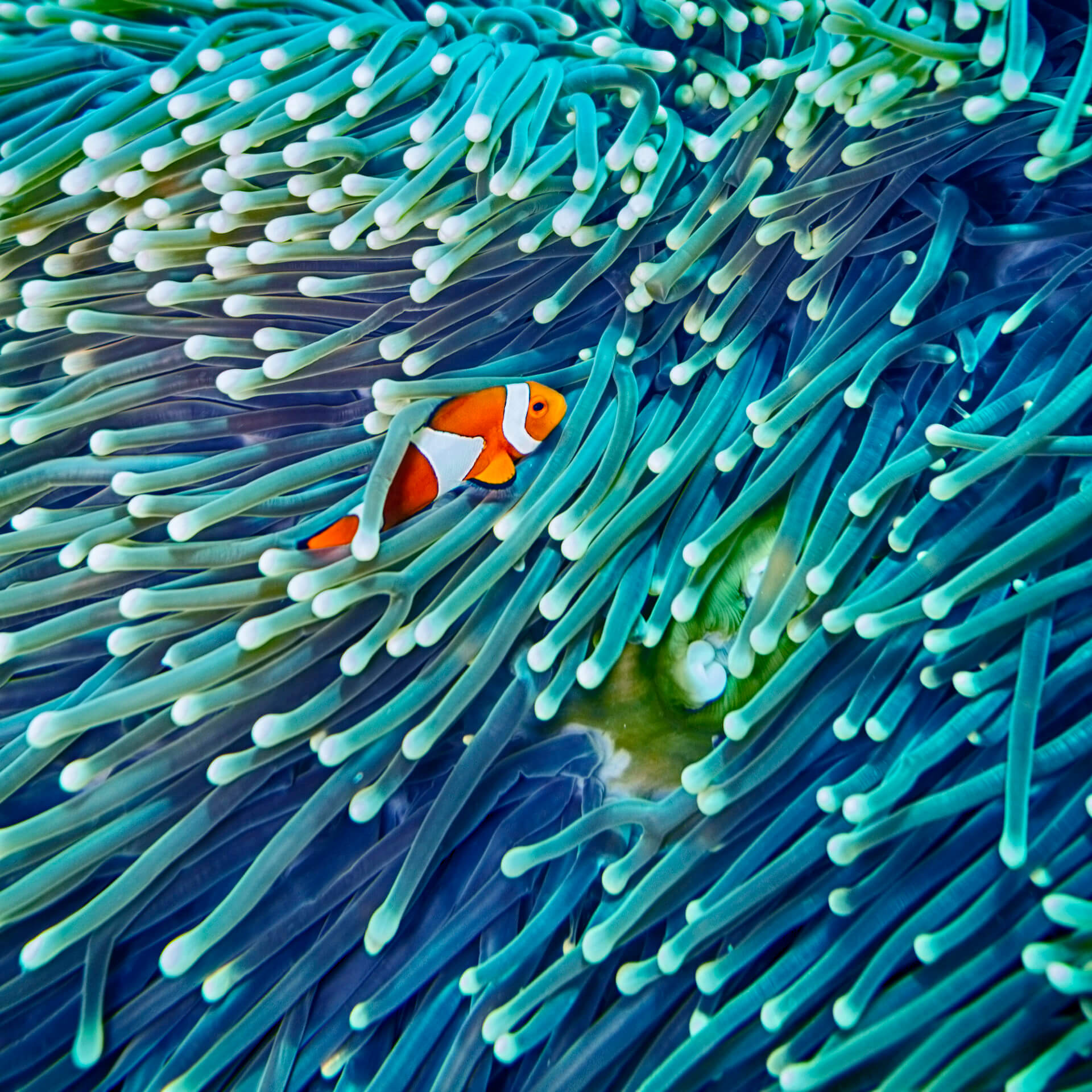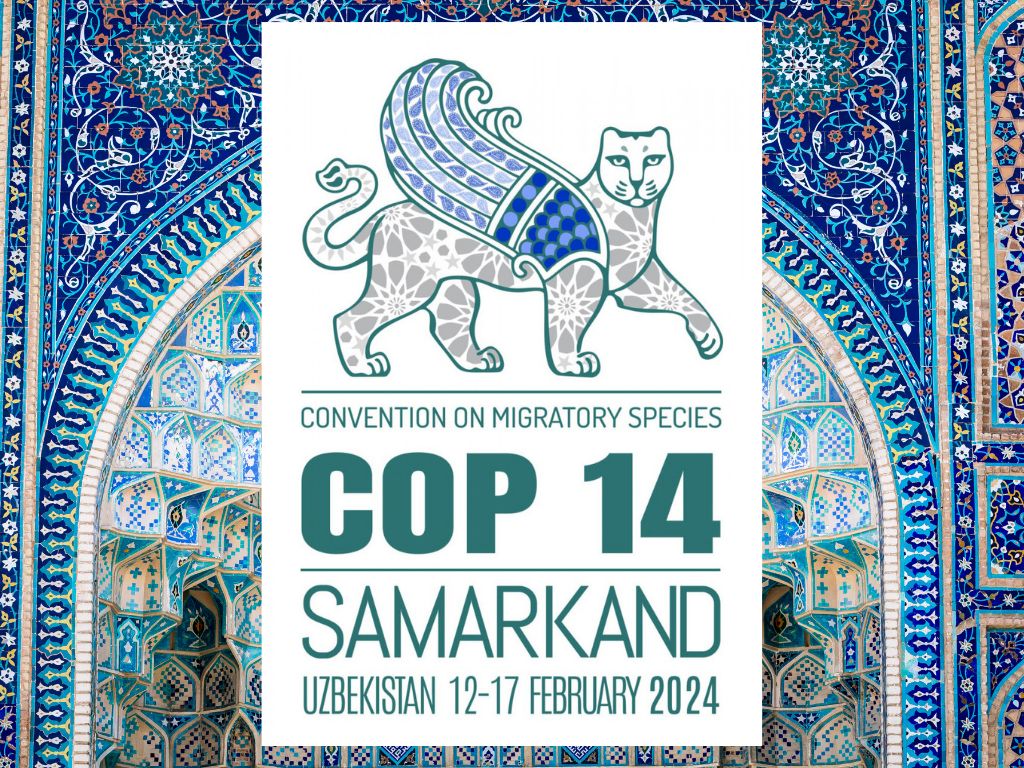
The EU’s ambitions in Samarkand op de COP14 CMS
From 12 to 17 February, the 14th meeting of the Conference of the Parties to the Convention on the Conservation of Migratory Species of Wild Animals (CMS COP14) was held in Samarkand, Uzbekistan. At this conference, the Belgian Presidency had an important role to play: to shape the discussions on behalf of the EU to promote the implementation of the CMS and give concrete form to the historic agreement in favour of biodiversity, reached in December 2022 during the 15th COP to the Convention on Biological diversity (CBD COP15).
Taking the EU's ambitions to the international stage
The role of the Council Presidency does not stop at the borders of the European Union, nor does the impact of the EU on global biodiversity. At United Nations summits and conferences, the EU must speak with one voice to effectively convey its environmental ambitions at international level. This was the case in Samarkand, where the Presidency had the important responsibility of coordinating the European position and representing the EU during the negotiations. Its objective was to reach concrete decisions that ensure the effective implementation of the CMS, and hence reflect the commitments made at CBD COP15 in Montreal.

Supporting the implementation of the Global Biodiversity Framework
This COP was one of the most important global meetings on biodiversity since the adoption of the Global Biodiversity Framework in December 2022. Concluded at CBD COP15 in Montreal, this framework includes a number of global targets and objectives to be achieved by 2030 and beyond to ensure the protection and sustainable use of biodiversity.
The COP14 on Migratory Species addressed a wide range of important conservation priorities, many of which supported the implementation of the EU biodiversity objectives as well as of the Global Biodiversity Framework. In fact, it will not be possible to reach the objectives of the GBF without the implementation of the CMS.
The COP also focused on a series of threats to species and biodiversity: climate change, overexploitation, habitat loss and fragmentation, interaction with certain infrastructures, pollution (by chemicals, pesticides, plastics, light, noise).
Nature knows no borders
The COP slogan “Nature knows no borders” reminded us that the survival of migratory species depends on international and cross-border collaboration. It also referred to the concept of nature’s ecological connectivity, i.e. the unimpeded movement of species and the flow of natural processes that sustain life on Earth. These connections are necessary for the functioning of ecosystems and the conservation of biodiversity.
Uzbekistan chose to feature the snow leopard in the meeting logo. This Central Asian feline, found in Uzbekistan, lives in vast areas that can cover several countries. Threatened with extinction due to the degradation of its habitat, it was a perfect symbol of the problems faced by migratory species.
A convention to protect migratory species
133 states, including the European Union and its member states, have signed up to the Convention on the Conservation of Migratory Species of Wild Animals (CMS). Belgium has been a member since 1990. However, the United States, Russia and China are not parties.
The Convention aims to preserve and establish the conditions necessary for the migration and survival of a large number of birds, as well as terrestrial species such as the African elephant and the gorilla, and marine species such as the whale shark and the manta ray. It does so via several daughter agreements established through concerted action among the range states. Together, they form the CMS family, which covers a wide range of migratory species (e.g. the EUROBATS agreement on bats).
Its appendices define migratory species according to their conservation status and degree of vulnerability. Annex I lists species that are in danger of extinction throughout all or a significant part of their range. Annex II lists the species that have an unfavourable conservation status and that require international agreements for their conservation and management.
It is the states in the areas of distribution that are responsible for protecting the species according to the appendices concerned. For example, Belgium and other EU countries have signed an agreement to protect small cetaceans in the North Sea and Baltic Sea, including porpoises.
The results obtained
It is in Samarkand that the very first report on the State of the World’s Migratory Species has been presented. It paints a worrying picture. All over the world, populations of migratory animals are declining, while their habitats are becoming rarer and more degraded. In fact, 1/5 of the migratory species listed by the CMS are threatened with extinction. 309 species not yet listed in the Convention, mainly birds and fish, are also at risk.
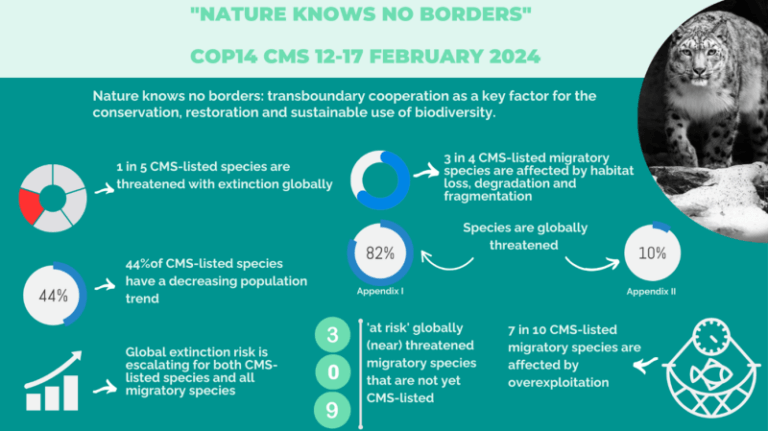
The report also identifies a series of priority measures to address the pressures threatening migratory species, such as climate change, over-exploitation (poaching and capture) and pollution (by chemicals, pesticides and plastics, as well as light and noise). The report confirms that scientific knowledge on the conservation status and threats to migratory species is essential for effective decision-making.
The Convention’s new Strategic Plan for Migratory Species (2024-2032) has been adopted. It includes 6 goals covering the conservation of migratory species, the protection and restoration of their habitats and distribution areas, and the elimination or reduction of threats. The implementation of its goals and targets should enable migratory species to thrive and live in restored and connected habitats by 2032;
A global partnership on ecological connectivity has been launched, recognising the need for cross-border cooperation on knowledge and data, political support and implementation through national biodiversity strategies and action plans. In the context of global changes such as climate change and infrastructure development, connectivity is crucial to preserving the movements of migratory species;
New guidelines to mitigate light pollution have been endorsed, focussing in particular on brightly lit areas that overlap with critical habitats or migration corridors. This is a real step forward as light pollution is increasing worldwide. Artificial light disturbs wildlife’s behaviour and hampers the ability of migratory species to undertake long-distance migrations;
Over-exploitation due to illegal and unsustainable takings is one of the greatest threats to wildlife. In accordance with the zero-tolerance approach to the killing, taking and illegal trade of migratory species, the COP14 decision aims to strengthen legislative monitoring with regard to takings;
Direct or indirect poisoning is one of the main threats to migratory birds worldwide. Accidental poisoning is mainly caused by poisoned carcasses. All countries are being called on to review their legislation on lead ammunition and lead for fishing weights, as well as on veterinary medicines;
10 species have been added to Appendix I, guaranteeing their strict protection. 11 other species have been listed in Appendix II, which encourages Range States to conclude global or regional agreements for their conservation and management. The EU has obtained a strict protection for the Baltic harbour porpoise (Appendix I), of which there are less than 250 individuals left in EU waters. The COP14 agreed to provide better protection for the common lynx (Appendix II) and the Balkan lynx (Appendix I), some of which have recently been spotted in Greece. The CMS will also ensure the preservation of the bull shark (Appendix I), a species facing a very high risk of extinction due to intentional fishing and bycatch.
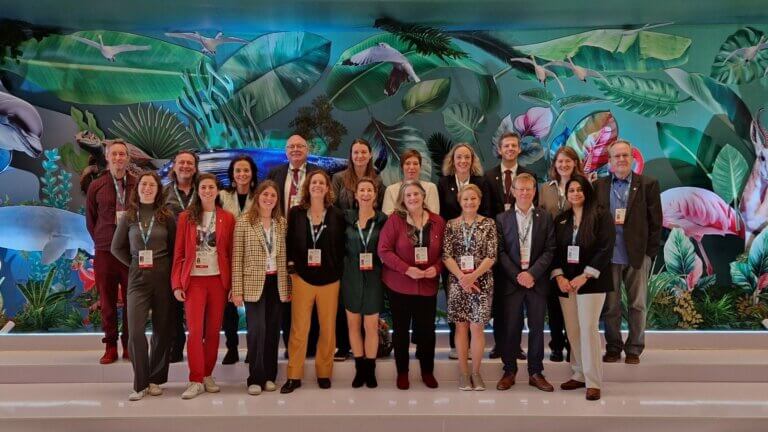
Actus Associés
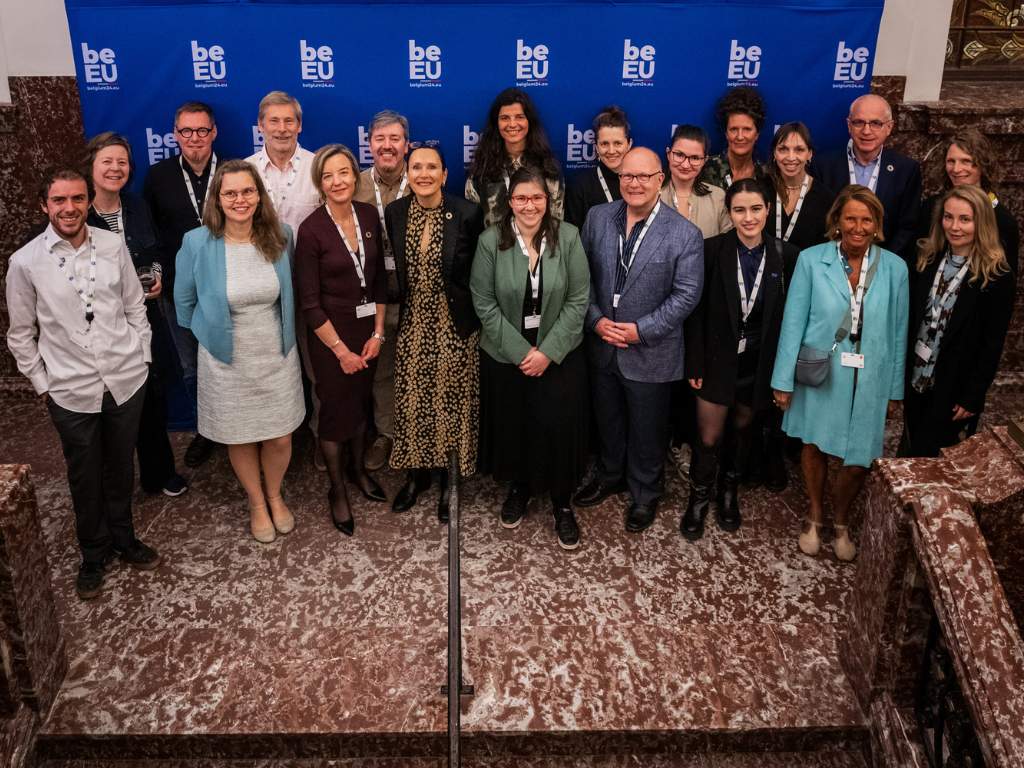
Giving back to nature more than we take away
As part of the Belgian Presidency of the Council of the European Union, the Federal Public Service for Public Health, Food Chain Safety and the Environment organized a High-Level event on the crucial role of nature and biodiversity in building a sustainable future. Entitled “Regenerative development for transformative change”, the event, which took place in Brussels on April 11, was built around a central message: “Giving back to nature more than we take away”.
See more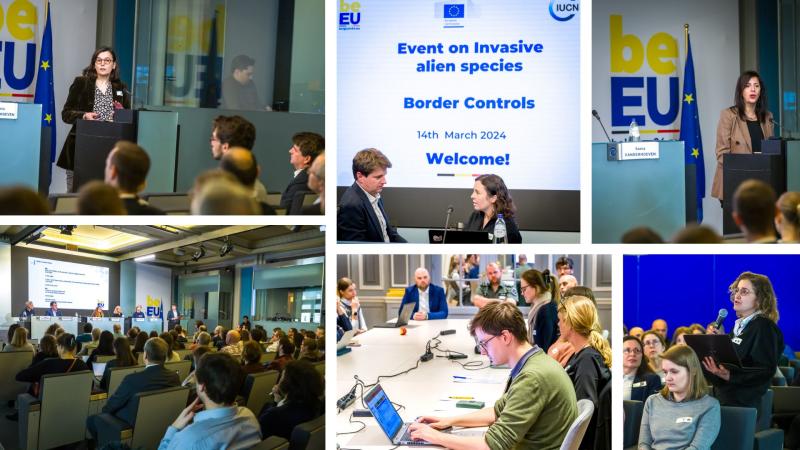
Enhancing collaboration at European Union borders
Officers from customs, animal and plant health authorities, and environmental authorities convened in Brussels on 14 March for an event focusing on improving border controls for Invasive Alien Species. Effective border controls are a key element in preventing their introduction into the European Union. This event was jointly organised by the Belgian presidency of the Council of the European Union, the European Commission, and the International Union for Conservation of Nature (IUCN).
See more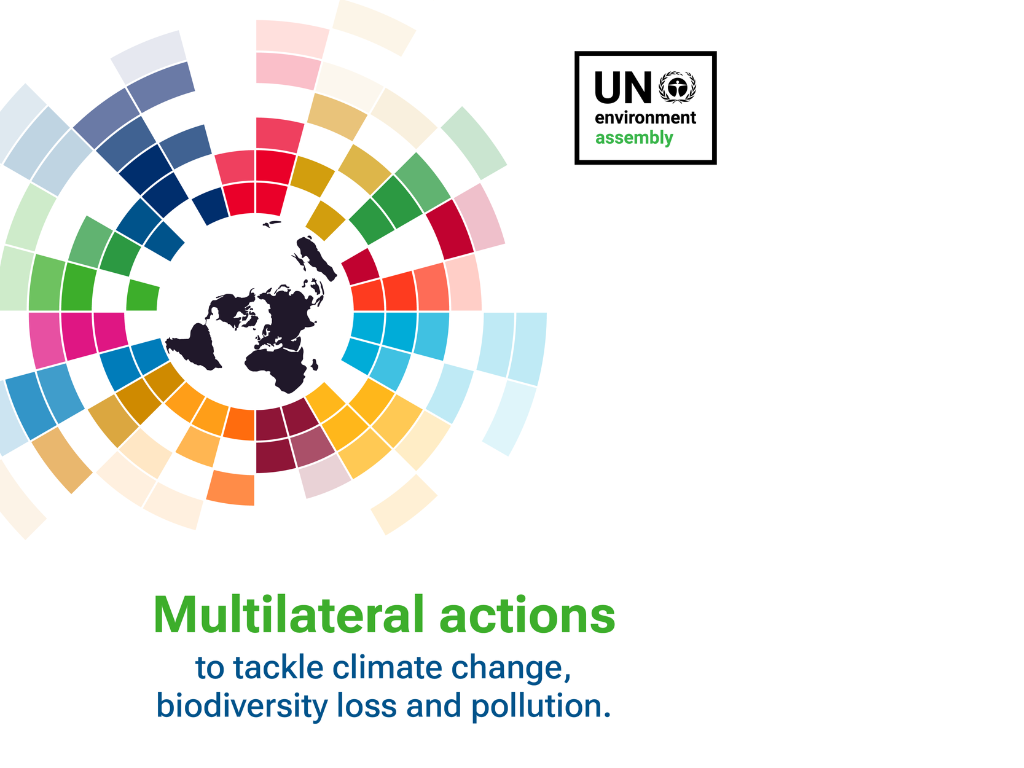
UN and EU presidency share the same priorities at UNEA-6
From 26 February to 1 March, the United Nations Environment Assembly (UNEA), the world’s highest-level decision-making body for environment, met in Nairobi, Kenya. This sixth session (UNEA-6) envisaged how multilateral actions can help tackle the triple crisis of climate change, biodiversity loss and pollution.
See more

